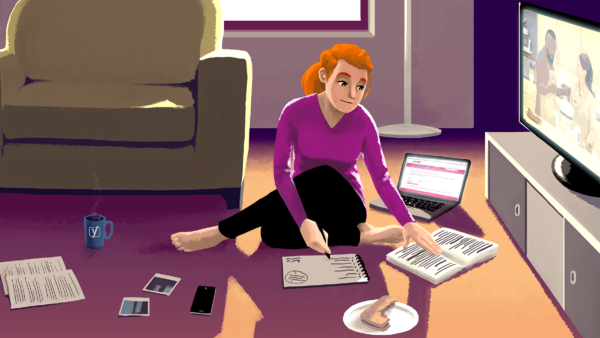Enhance keyword research with Yoast SEO and Semrush
In SEO, using top tools is key. Yoast and Semrush have joined forces to combine their technologies. This integration benefits WordPress and Shopify users by improving their SEO work. Yoast SEO offers easy-to-use SEO features, while Semrush brings solid data that can be used for keyword research. This article will explore the Related Keyphrase feature, …
Read: "Enhance keyword research with Yoast SEO and Semrush"







